Military Forests and Estates organization with partners have started the transition to „close to nature“ management of forests in the Brdy area
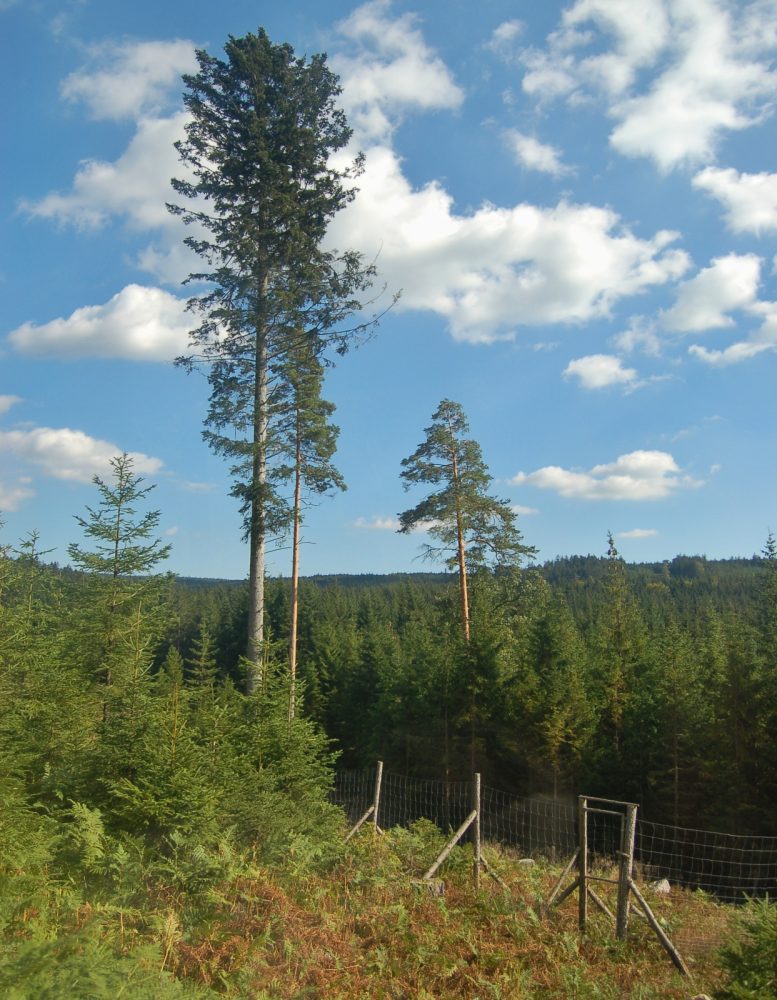 The organization Military Forests and Estates of the Czech Republic (VLS), as the largest landowner in the Brdy area, together with partners from the Faculty of Forestry and Wood Sciences of the Czech University of Life Sciences in Prague, the Saxon State Forests and the Forestry and Game Management Research Institute, launched the LIFE ADAPT BRDY project on February 17 in the Kolvín locality, Brdy. This should revolutionize the shape of the Brdy forests and better prepare them for climate change. The transition to a management method close to nature received the support of the European Union within the LIFE environmental program.
The organization Military Forests and Estates of the Czech Republic (VLS), as the largest landowner in the Brdy area, together with partners from the Faculty of Forestry and Wood Sciences of the Czech University of Life Sciences in Prague, the Saxon State Forests and the Forestry and Game Management Research Institute, launched the LIFE ADAPT BRDY project on February 17 in the Kolvín locality, Brdy. This should revolutionize the shape of the Brdy forests and better prepare them for climate change. The transition to a management method close to nature received the support of the European Union within the LIFE environmental program.
Instead of large areas of monocultures, richly structured forests with a varied species and age composition should be created. Instead of clear-cut logging, well-thought-out undergrowth management methods will be applied, in frame of them foresters support the internal dynamics of the stands with sensitive interventions, giving by this way enough space to a new generation of forest without the need for clear-cut logging, but with the preservation of the microclimate of the parent stand.
This is the forestry model which VLS in Brdy will strive for in the following years and subsequently in other localities. This change in the way of management was supported by the European Union from the LIFE program with a subsidy of 73 million CZK, which the state enterprise perceives as recognition of the trend that has started.
Foresters will use support from the European LIFE program, which finances the protection of nature and landscape, the environment and the climate, for a faster transition from classic clear-cut management to methods which are much closer to nature and gentler. This unique project will be implemented in Brdy forest area, and the VLS state enterprise will invest over 120 million CZK in it with the use of European subsidies.
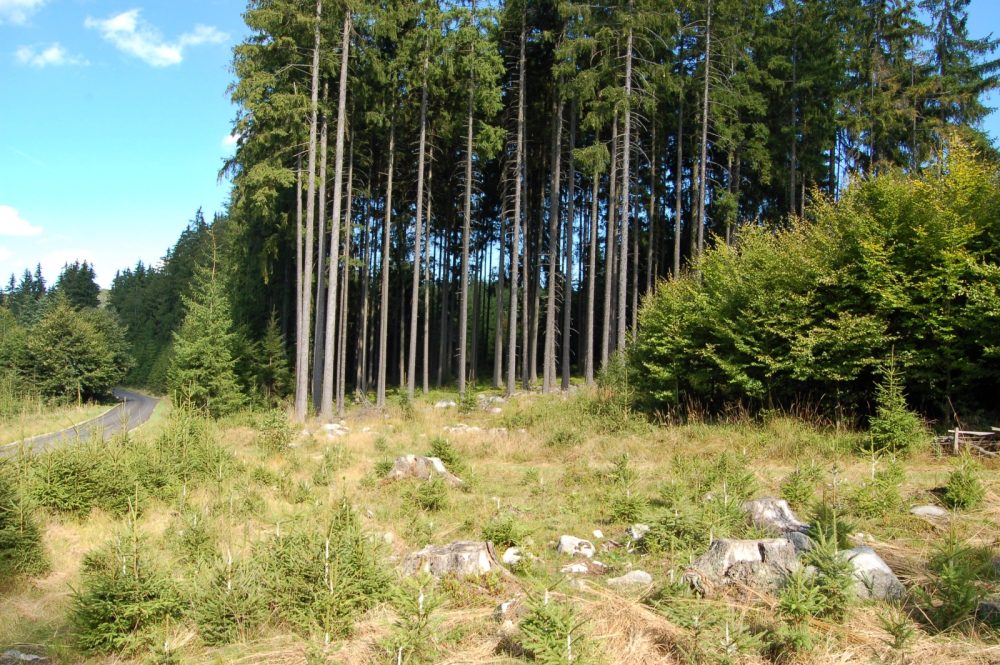 Ing. Roman Vohradský, director of VLS said: “In Brdy, and gradually in other localities, we are moving on a much larger scale to a proven model of forest management with maximum support of natural processes. In this way, we confirm in practice our ambition to become a domestic leader in the introduction of nature-friendly, but at the same time sustainable management methods not only in the forest, but in the entire landscape”.
Ing. Roman Vohradský, director of VLS said: “In Brdy, and gradually in other localities, we are moving on a much larger scale to a proven model of forest management with maximum support of natural processes. In this way, we confirm in practice our ambition to become a domestic leader in the introduction of nature-friendly, but at the same time sustainable management methods not only in the forest, but in the entire landscape”.
“Gradually, however, at a brisk pace, we will transform predominantly spruce monocultures in Brdy area and elsewhere into new, species-, spatially, and age-varied forest stands, different from the forests that our ancestors established for centuries by applying classic forest management according to age classes. We will use natural processes, especially natural regeneration, in the forests to the maximum extent possible, which will also ensure the permanent preservation of the productive functions of the forest,” it was added by Vohradský, too.
Methodological partners of the VLS project on the Czech side are the Faculty of Forestry and Wood Sciences of the Czech University of Life Sciences in Prague and the Forestry and Game Management Research Institute, Research Station Opočno. An important foreign partner is the organization Saxon State Forests, which has been applying understory management methods across the board for more than 30 years on the Northern slopes of the Ore Mountains, where foresters from the Brdy area also travel to gain invaluable experience.
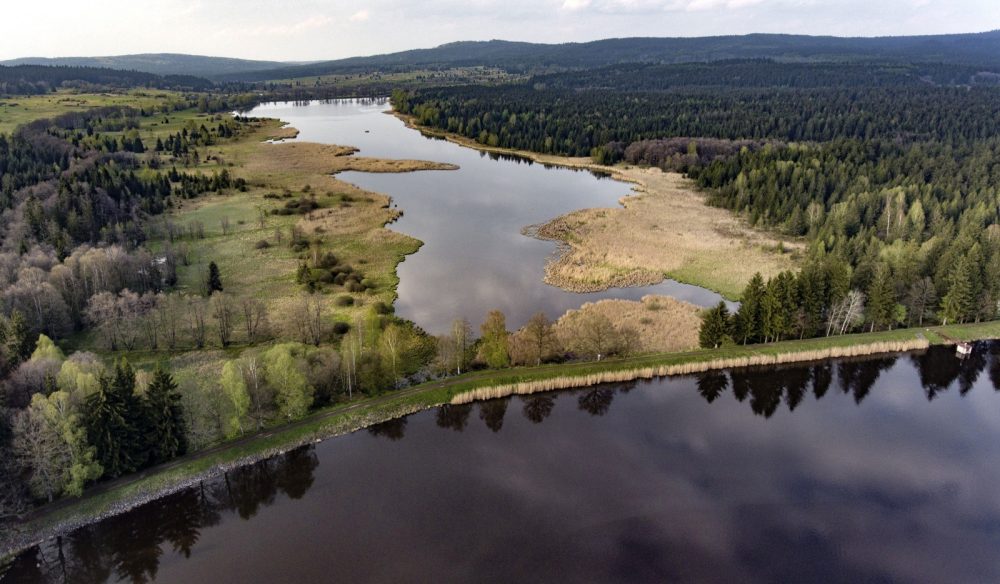 “As the basis for the change in management, it will be the operational inventory of the forest, which will take place in the first phase of the project. It will be followed by the preparation of framework management guidelines prepared for individual types of forest development and methodical manuals for forest personnel. In the project, there is expected, that its achieved results and experience verified by practice will be passed on by the VLS to other forest managers, not only in the Czech Republic, through professional events and publications“, added Prof. Ing. Robert Marušák, PhD., Dean of the Forestry and Wood Sciences at the Czech University of Applied Sciences in Prague.
“As the basis for the change in management, it will be the operational inventory of the forest, which will take place in the first phase of the project. It will be followed by the preparation of framework management guidelines prepared for individual types of forest development and methodical manuals for forest personnel. In the project, there is expected, that its achieved results and experience verified by practice will be passed on by the VLS to other forest managers, not only in the Czech Republic, through professional events and publications“, added Prof. Ing. Robert Marušák, PhD., Dean of the Forestry and Wood Sciences at the Czech University of Applied Sciences in Prague.
According to the authors of the project, the transition to forest management close to nature will require several significant changes. Therefore, part of the project includes, for example, a study of the retention and revitalization of selected springs to improve the water balance in the entire area of 22 600 hectares. As part of it, springs suitable for revitalization will be selected following the model of the LIFE for MIRES project (LIFE Cross-border revitalization of peatlands to support biodiversity and the water regime in the Šumava and the Bavarian Forest), which is implemented by the Šumava National Park.
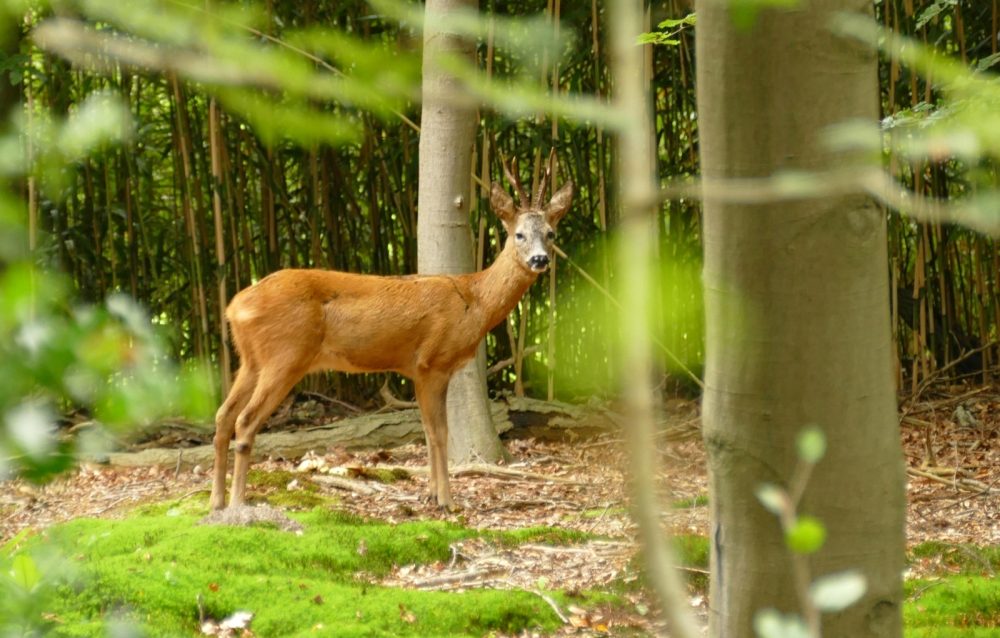 “As an absolutely fundamental process, without which it is impossible to think about the success of the introduction of these state-of-the-art forest management methods, this is the well-thought-out and consistently implemented reduction of ungulates, without which the natural regeneration of a wide range of tree species suitable for the habitat is unthinkable,” explained Ing. Jiří Novák, Ph.D. from the Research station Opočno of the Forestry and Game Management Research Institute.
“As an absolutely fundamental process, without which it is impossible to think about the success of the introduction of these state-of-the-art forest management methods, this is the well-thought-out and consistently implemented reduction of ungulates, without which the natural regeneration of a wide range of tree species suitable for the habitat is unthinkable,” explained Ing. Jiří Novák, Ph.D. from the Research station Opočno of the Forestry and Game Management Research Institute.
The change to age- and species-varied forest stands, which can withstand climate changes much better, it is a long-term process. It will be visible on the character of Brdy area gradually, over the course of decades. However, attentive visitors will be able to observe the first changes at selected locations in the following years.
These areas are so-called demonstration trials, where VLS have already started, or will start in the near future, the restoration of stands in a selective economic way. The project calculates that at least ten areas will be created in the pilot phase, each with an area of around 50 hectares. Thus, the total area of the demonstration buildings will be at least 500 hectares.
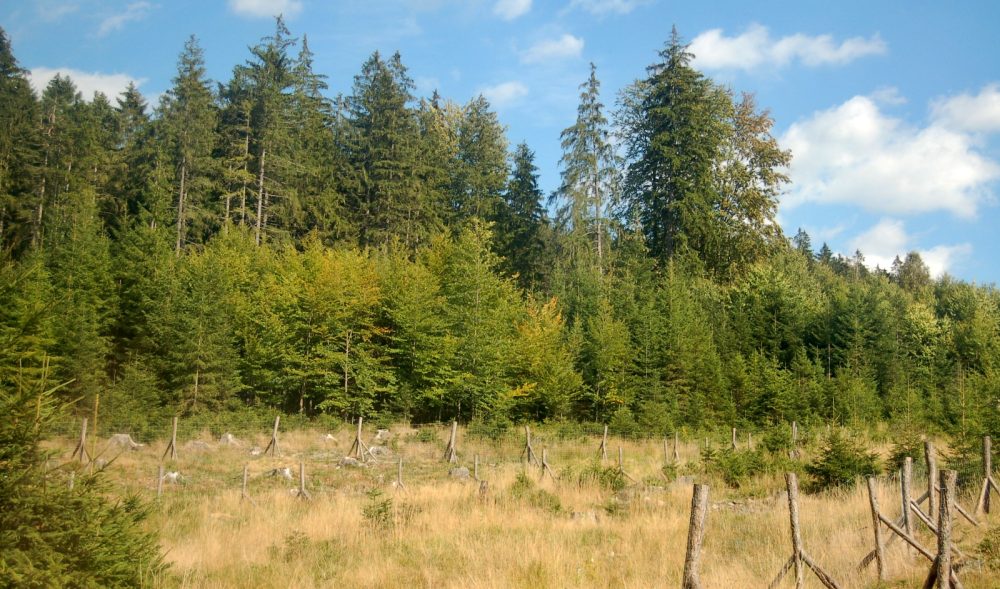 Forest management of close to nature way, it strives to increase the stability and resilience of forests to the extent that makes it possible to maintain economic yield in forest management. In contrast to the so-called pasture management, where age- and often species-unified monocultures are created, wood harvesting is carried out in an undergrowth or selective economic manner. The higher economic demands of a much closer to nature, more gently management, is compensated by the maximum involvement of natural processes with significantly lower costs for the regeneration of forest stands.
Forest management of close to nature way, it strives to increase the stability and resilience of forests to the extent that makes it possible to maintain economic yield in forest management. In contrast to the so-called pasture management, where age- and often species-unified monocultures are created, wood harvesting is carried out in an undergrowth or selective economic manner. The higher economic demands of a much closer to nature, more gently management, is compensated by the maximum involvement of natural processes with significantly lower costs for the regeneration of forest stands.
The Military Forests and Estates (VLS) is a state-owned forestry organization with nearly 100 80 years of tradition. They are engaged in forest management, hunting, as well as agriculture and fishing in military districts and former military training areas of ca 140 thousands hectares.
This organization manages six large natural sites in the Šumava region (Boletice military district), in Brdy area (Jince military training ground and Protected Land Area /CHKO/ Brdy), in the Doupovské mountains in Karlovy Vary region (military district Hradiště), in Ralsko and Mladá regions, in the highland Drahanská vrchovina in Vyškov region (military district Březina), and in the Oderské vrchy in Olomouc region (military district Libava).
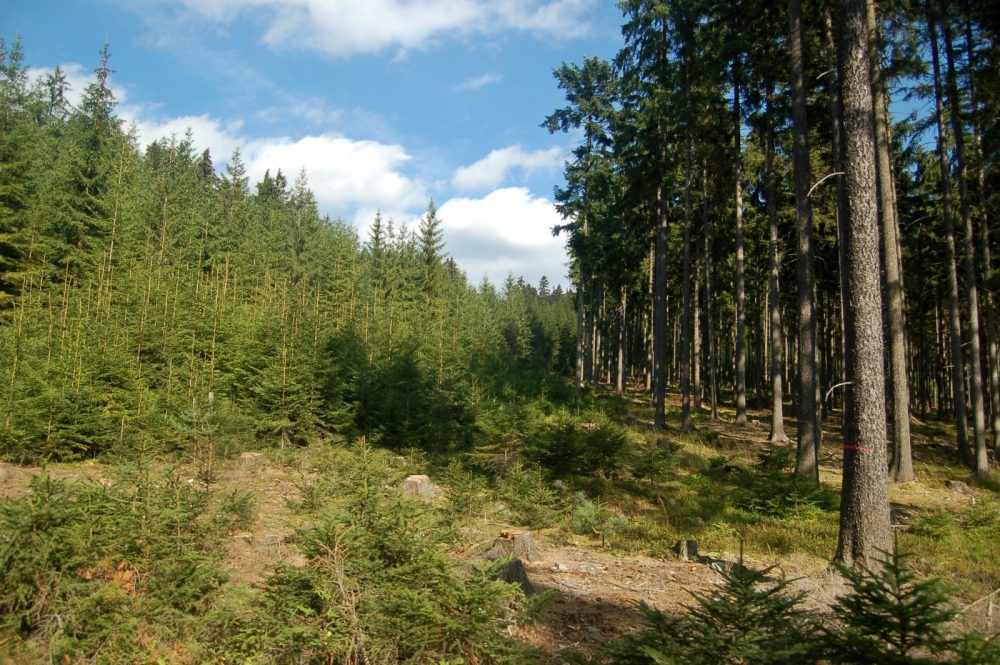 The unique area under the management of VLS belongs to the best quality forested areas not only in the Czech Republic, but within the entire European region. The territory managed by VLS is home to a number of rare species of animals and plants.
The unique area under the management of VLS belongs to the best quality forested areas not only in the Czech Republic, but within the entire European region. The territory managed by VLS is home to a number of rare species of animals and plants.
The LIFE program is a subsidy instrument of the European Union. Its goal is to contribute to the transition to a sustainable, circular, energy-efficient economy based on energy from renewable sources. An important goal of this program is the protection, restoration and improvement of the quality of the environment, including air, water and soil, preventing the reduction of biological diversity and solution degradation of ecosystems. Since 1992, this subsidy program has contributed to the implementation of 5 500 important projects in the field of environment and climate throughout the EU for more than 5.9 billion EUR.
Information source: https://www.vls.cz/
